The key difference between CBD oil and tinctures is their base ingredients and absorption.
Choosing between them depends on personal taste and how quickly you want the effects.
Cannabidiol (CBD) oil is derived from the Cannabis Sativa plant, formulated to harness its therapeutic properties. Unlike tetrahydrocannabinol (THC), CBD is non-intoxicating and known for its calming effects. The primary components of CBD oil are CBD extract and a carrier oil, which aids in the body’s absorption of CBD.
CBD oil is extracted using methods such as:
Carrier Oils:
These oils are chosen for their fatty content, promoting better CBD absorption and impacting flavor and shelf life.
CBD oil offers multiple administration methods:
Understanding these methods helps in making informed choices about incorporating CBD into daily life.
CBD tinctures are concentrated liquid extracts from the cannabis plant, typically created through an alcohol-based extraction process. They consist of CBD extract and high-proof ethyl alcohol, which acts as a solvent and preservative.
The process involves soaking cannabis in alcohol to extract cannabinoids and terpenes, followed by filtering and distilling to produce a potent liquid concentrate.
Potential Downsides:
Mitigation:
Key Factors:
| Feature | CBD Oil | CBD Tincture |
|---|---|---|
| Base Ingredients | Carrier oils (coconut, hemp seed) | Alcohol-based |
| Flavor Profile | Milder, nutty | Stronger, herbal |
| Consistency | Thicker | Thinner |
| Absorption Rate | Moderate when sublingually | Faster due to alcohol base |
| Shelf Life | 1-2 years | Slightly longer due to alcohol |
Choosing Between Them: Depends on personal taste, desired effect speed, and usage preferences.
Sublingual Administration:
Incorporation into Food and Beverages:
Topical Application:
Dosing Tips:
Typical Concentrations:
Factors Affecting Potency:
Third-Party Testing:
Longevity:
Storage Methods:
Signs of Degradation:
Factors to Consider:
Consulting Healthcare Professionals:
Dosing Strategy:
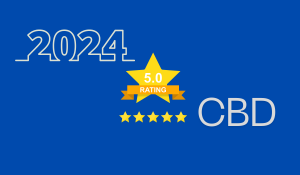
Top-rated CBD Products of 2024 Best CBD Oils Best CBD Gummies Best CBD Creams Best CBD Capsules User Experiences with CBD Testimonials from CBD Users...
Read More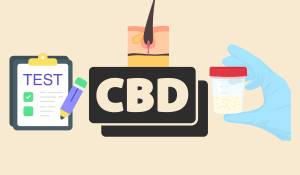
How CBD Interacts with the Body CBD Metabolism:CBD is metabolized by the liver, breaking down into metabolites that may stay in your system for days,...
Read More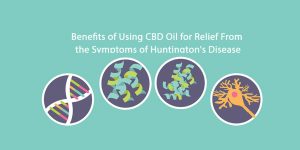
Huntington’s Disease is a neurodegenerative disorder with no known cure. Patients with HD may suffer rapid decline in their cognitive and motor function, but most...
Read More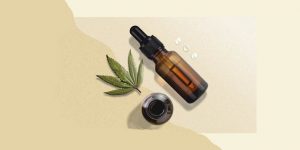
What is an antioxidant? What is oxidative stress? How can CBD help fight this condition? Smart CBD Hub explores the answers to these questions and...
Read More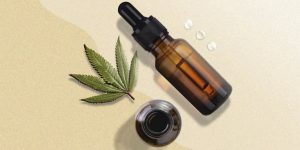
How long does it take for CBD oil to start working? It depends on often you use CBD, how you use it, and your body's...
Read More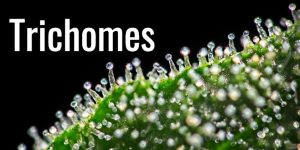
The trichome production and lifecyle runs parallel to that of the cannabis plant. Trichomes serve as protectors from predators and indicators to farmers.
Read More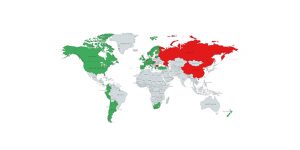
There is still some confusion regarding the legal status of CBD around the world despite the supplement’s increasing popularity. Most of this uncertainty revolves around...
Read More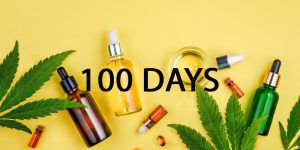
What happens to your body after one hundred days of CBD usage? While more research needs to be conducted, there currently is no evidence of...
Read More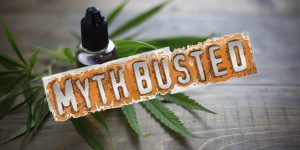
To help separate the truth from a variety of myths around CBD oil, we’ve rounded up some of the widespread misconceptions below. CBD Does Not...
Read More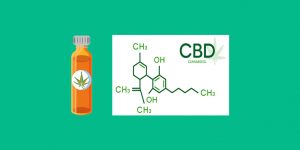
An overview of the origin, components and reasons for CBD oil. What CBD oil is, how it works, and how it differs from other oils...
Read More